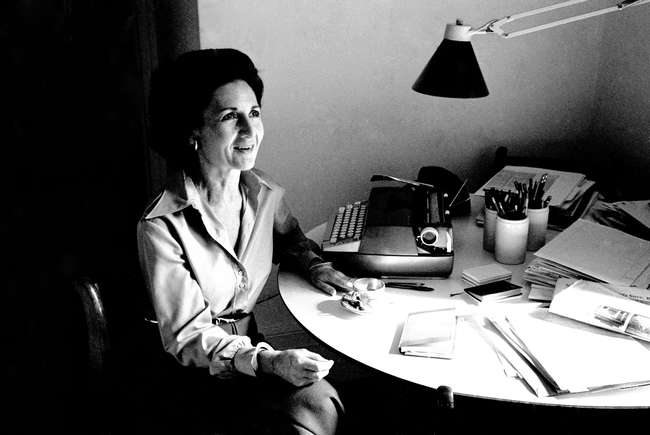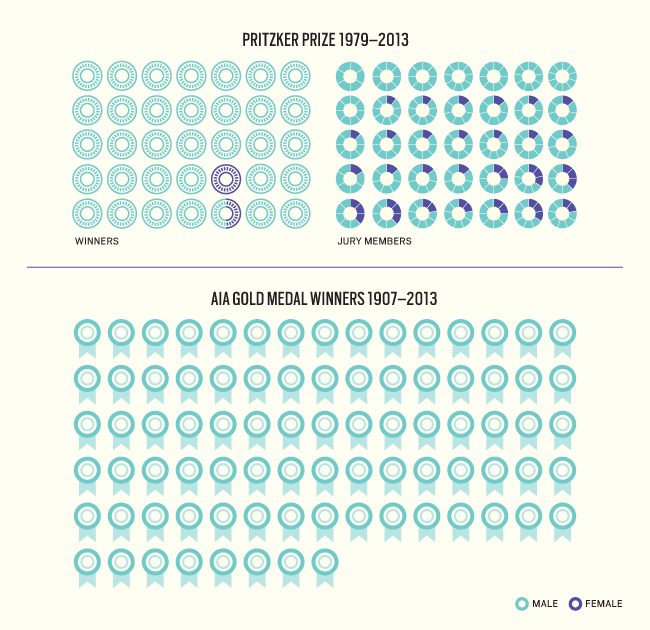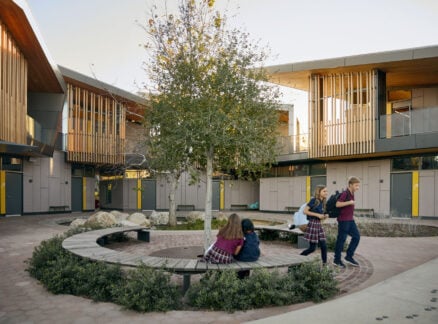
December 30, 2013
The Top Architecture and Design Stories of 2013
Three Metropolis editors have their pick at the year’s most divisive architecture and design stories.
Courtesy Wikipedia Commons
As 2013 comes to a close, three Metropolis editors offer their selections for the most important issues that shook the architecture and design world in the last year. These stories are supplements to the Year in Review featured in our December issue.

After three terms as New York’s mayor, Michael Bloomberg leaves behind an unfortunate legacy that set in stone exteme and exclusionary privatization measures, among other considerations.
Courtesy Elliott Scott via Flickr
The Bloomberg Legacy
The legacy of of New York City’s three-term billionaire mayor—more parks and bike lanes, but also over 50,000 people homeless each night—has left many commentators (including our columnist Karrie Jacobs) with mixed feelings. But Bloomberg himself is on to bigger things, exporting his ideas to other cities. He has recently given himself a promotion—Consultant Mayor to the World. — Avinash Rajagopal, Associate Editor
Tech Elites in San Francisco
An article titled “$4 Toast: Why the Tech Industry Is Ruining San Francisco” set the blogosphere on fire this year, and with good reason—startups and internet giants are rushing to find office space in the city, and are causing rapid gentrification in neighborhoods like Mid-Market. In the meantime, neighboring Oakland is quietly developing an entrepreneurial spirit of its own, focused on making, crafting, and design. — AR

The late New York-based architecture critic Ada Louise Huxtable left her papers to the Getty Research Institute rather than the New York Public Library.
Courtesy Dorothy Alexander
Ada Louise Huxtable’s Snub
It’s hard to decide what was a bigger slap in the face to the New York Public Library—Ada Louise Huxtable’s epic takedown of its expansion plans before her death last January, or the fact that, in spite of being one New York’s foremost critics, she left all her papers and archives to the Getty Research Institute in Los Angeles. — Paul Makovsky, Editorial Director
The Explosion of 3-D Printing
The design world was abuzz with wild 3-D printing stories in 2013: The first digitally printed gun was fired in May, and MIT demonstrated something called 4-D printing (which we don’t yet fully understand yet). An important bit of news got buried in all the hoopla—industry leader Stratasys acquired Makerbot for $4.3 million last June. Not only does this indicate that 3-D printing is serious business, it also means that two older companies, Stratasys and 3-D systems, have now bought up most of the entrepreneurs in the burgeoning field. — AR

Graph illustrating the misrepresentation among male and female architects via industry awards.
Women in Architecture
When two Harvard students started a petition to have Denise Scott-Brown retroactively recognized for her partner Robert Venturi’s Pritzker Prize, they opened up a debate about gender politics. The Pritzker Jury refused to oblige, but the brouhaha did prompt the AIA to finally award its gold medal to a woman (a dead one, unfortunately). While this battle is far from over, others like it may be on the horizon. Hip-hop artist Kanye West’s visit to Harvard seems to have caused a stir, so hopefully next year will bring a long-overdue discussion about people of color in architecture. — AR

Istanbul’s Gezi Park saw the most vibrant urban protests of the year.
Courtesy Bulent Kilic, AFP/Getty Images
Gezi Park Protests
#Occupy was given a shot of life in 2013 with the mass protests and encampments at Istanbul’s Gezi Park. When construction plans to redevelop Taksim Gezi Park—a small, but precious green space in the middle of Istanbul—as a pastiche shopping mart, rioters flooded the square. They stayed put for all of three weeks, when police forces violently cleared Gezi of them and their camps. Yet, their actions would spark public protests all over Turkey, while the episode as a whole would serve as a prelude to the equally impressive public demonstrations in Brazil, the symbolic culmination of which saw Brasília’s National Congress overrun with protesters. — Samuel Medina, Web Editor

A student sit-in occupied various halls of the Cooper Union, including the Presidential office, in protest to the school’s decision to introduce tuition fees.
Courtesy Free Cooper Union Facebook
The End of an Era at Cooper Union
Peter Cooper’s dream for an educational institution that was as “free as air and water” came to an unsurprising, but no less devastating end in 2013. Years of financial troubles had forced the college’s hand, and an April 23 ruling finally lifted the protective cocoon that had long kept tuition at bay. The decision sparked a wave of student sit-ins that were to last through mid-summer, when the office of the President announced the formation of a committee to research alternative solutions to the institution’s woes. The so-called “working group” furnished a report earlier this month that emphasized “cost savings and sustainable cost reductions to offset the projected revenue from the imposition of tuition.” It remains to be seen whether the measure will succeed in swaying trustees from their original resolution. If not, then Cooper Union’s first paying undergraduates in a century will enter the school in Fall 2014. — SM
Unpaid Labor
A string of high-profile lawsuits attacking the practice of low- and unpaid internships inspired an urgent, if all too fleeting debate over issues of labor. The issue came to a head when publishing giant Condé Nast, embroiled in suits of its own, announced in October that would end its internship program. No such legal action, however, was brought up against an architectural or design firm, though the industry is rife with cases of exploitative labor. [The architects at SHoP, for their part, announced their opposition to unpaid internships in June.] The Architecture Lobby, a grassroots organization of architects and architectural workers, have launched an inquiry into the working conditions of the profession towards eliminating all unpaid work programs. Read more about the Lobby here. — SM
Miami Beach Face-off
As ever, starchitects dominated headlines in 2013. But the Miami Beach face-off between OMA and BIG didn’t just pit Koolhaas against Bjarke, but also mega-developers Tischman and Portman Holdings. The contest, which promised the victor a high-profile commission to redevelop the Miami Beach Convention Center, revealed rather explicitly the unglamorous nature of the architectural competition. The architects themselves were bit players in a larger drama, and their roles reduced to talking heads in tacky promotional videos. — SM

Marketed as New York’s “greenest” skyscraper upon its opening in 2010, the Bank of America Tower was revealed to actually consume more energy and produce more greenhouse gases than any other structure its size.
Courtesy Chris Goldberg via Flickr
The Problem with the “Green Skyscraper”
The idea of a “green” or “sustainable” skyscraper is an obvious oxymoron that nevertheless persists. A New Republic article from August took aim at the paragon of the type, the Bank of America Tower in Manhattan, and the architectural strategies and PR legerdemain that promise such chimeras. Upon its opening in 2010, the Bank of America Tower was touted as “the world’s most environmentally responsible high-rise office building,” a flimsy appraisal that didn’t bother to take into account the building’s life-use. In turns out that the office tower actually generates more greenhouse gases and guzzles up more energy than any other New York skyscraper its size. The controversy played out in lengthier debates and disquisitions about the effectiveness of LEED, whose central role in governing the industry’s green qualifications has too long gone unchallenged. As we’ve said before, ”green” just often isn’t.
—SM





